Benefits of Air Plants (Tillandsia): A Comprehensive Guide
Air plants, scientifically known as Tillandsia, have gained immense popularity in recent years as decorative houseplants. Belonging to the bromeliad family, these unique plants grow without soil and absorb nutrients and moisture from the air through their specialized leaves. Their fascinating appearance, low-maintenance nature, and diverse species make them a favorite among plant lovers, interior designers, and nature enthusiasts. But beyond their aesthetic appeal, air plants offer numerous practical, psychological, environmental, and health benefits. In this article, we will explore in detail the various advantages of growing and keeping air plants.
Air plants are more than just trendy décor—they’re living marvels that offer a multitude of benefits.
1. Low Maintenance and Easy to Grow
One of the most attractive features of air plants is their minimal care requirements. Unlike traditional potted plants, air plants do not require soil. They simply need light, occasional misting, and soaking once or twice a week, depending on the humidity in their environment. This makes them perfect for individuals who lack gardening experience or have busy lifestyles.
Key Points:
No need for soil or constant watering
Ideal for beginners
Suitable for apartments, offices, or dorms
Can thrive in a variety of containers like shells, glass bowls, or driftwood
2. Aesthetic and Decorative Value
Air plants are incredibly versatile and can be incorporated into various creative and artistic displays. From hanging terrariums and wall mounts to tabletop arrangements and living sculptures, these plants add a modern, minimalist, and exotic touch to any space. Their architectural forms and varied sizes and colors bring beauty and intrigue.
Key Points:
Enhances interior design with natural elements
Complements modern, rustic, boho, or minimalist themes
Works well in vertical gardens and hanging arrangements
Ideal for DIY craft projects and wedding décor
3. Air Purification Properties
Similar to many indoor plants, air plants help improve indoor air quality. They absorb pollutants and airborne particles through their leaves and help in reducing carbon dioxide levels. While their purifying abilities may be modest compared to larger foliage plants, when grouped together, air plants can contribute to a cleaner indoor environment.
Key Points:
Absorbs dust and airborne toxins
Increases oxygen levels indoors
Promotes a fresher and cleaner atmosphere
Useful for enclosed or poorly ventilated rooms
4. Compact and Space-Saving
Unlike many traditional houseplants that require pots and significant surface area, air plants can be placed in very small spaces, including mounted on walls or suspended from ceilings. Their compact size and flexibility in placement make them suitable even for the tiniest living spaces.
Key Points:
Perfect for small apartments and rooms
Great for decorating desks, bookshelves, or bathrooms
Can be used in hanging planters or mounted art
Requires little to no counter or table space
5. Stress Reduction and Mental Health Benefits
Numerous studies suggest that keeping plants indoors helps reduce stress, anxiety, and mental fatigue. Air plants, with their calming green hues and unique shapes, provide a sense of tranquility and connection to nature. Their presence can uplift mood, encourage relaxation, and improve focus.
Key Points:
Enhances mood and emotional well-being
Offers a soothing visual appeal
Promotes mindfulness through care routines
Ideal for creating Zen-inspired spaces
6. Educational and Fun for All Ages
Air plants are a wonderful way to introduce children and beginners to the world of plants and ecology. Their unusual way of growing without soil sparks curiosity and offers a hands-on learning experience. They are also used in classrooms for biology and environmental science lessons.
Key Points:
Helps teach plant care and biology
Stimulates curiosity about nature
Ideal for interactive learning activities
Safe for use in classrooms or children’s bedrooms
7. Environmentally Friendly
Air plants are often considered more eco-friendly than traditional potted plants. Since they don’t require potting soil or frequent watering, they reduce the use of resources. Additionally, they are often cultivated sustainably by responsible growers, making them a greener choice for environmentally conscious consumers.
Key Points:
Minimal water usage
No chemical fertilizers needed
Sustainable cultivation practices
Reduces carbon footprint in home gardening
8. Pest and Disease Resistant
Another great advantage of air plants is that they are generally free from pests and diseases. Their lack of soil eliminates a common breeding ground for pests like gnats and fungi. As long as they are not overwatered or left in stagnant air, they remain healthy and pest-free.
Key Points:
Less likely to attract bugs
Resistant to root rot
Low disease risk
Requires less chemical treatment or pesticides
Note:Air plants are more than just trendy décor—they’re living marvels that offer a multitude of benefits.
9. Versatile Indoor and Outdoor Use
Air plants can be displayed indoors or outdoors depending on the climate. In warmer climates, they can be attached to trees, fences, or garden features. Indoors, they thrive near windows or under grow lights. Their adaptability allows for seamless transitions between indoor and outdoor environments.
Key Points:
Grows well in both indoor and shaded outdoor areas
Can be moved seasonally
Adds greenery to patios, balconies, and porches
Easily relocatable for decoration or light conditions
10. Unique Gifting Option
Air plants make for a thoughtful and unconventional gift. They are symbolic of endurance, creativity, and uniqueness. Because of their compact size and artistic presentation, they are popular gifts for birthdays, housewarmings, weddings, and corporate events.
Key Points:
Unique and meaningful gift choice
Easy to transport and wrap
Suitable for plant lovers and beginners alike
Can be personalized in creative containers
Conclusion
Air plants are more than just trendy décor—they’re living marvels that offer a multitude of benefits. Their low-maintenance requirements, space-saving features, aesthetic versatility, and ability to purify air make them ideal for any living or working space. Whether you’re a seasoned plant enthusiast or a beginner, incorporating air plants into your environment can bring nature’s beauty indoors while providing mental, environmental, and decorative benefits.
Their unique growth habit sparks curiosity, fosters creativity, and supports sustainability—all in a small, soil-free package. With hundreds of varieties to choose from, air plants truly offer something for everyone.
So, whether you’re looking to improve your indoor air quality, beautify your home, or simply connect with nature, air plants are an excellent and rewarding choice.
Let me know if you’d like a shorter version, SEO-optimized headings, or a version tailored for blog or e-commerce content.
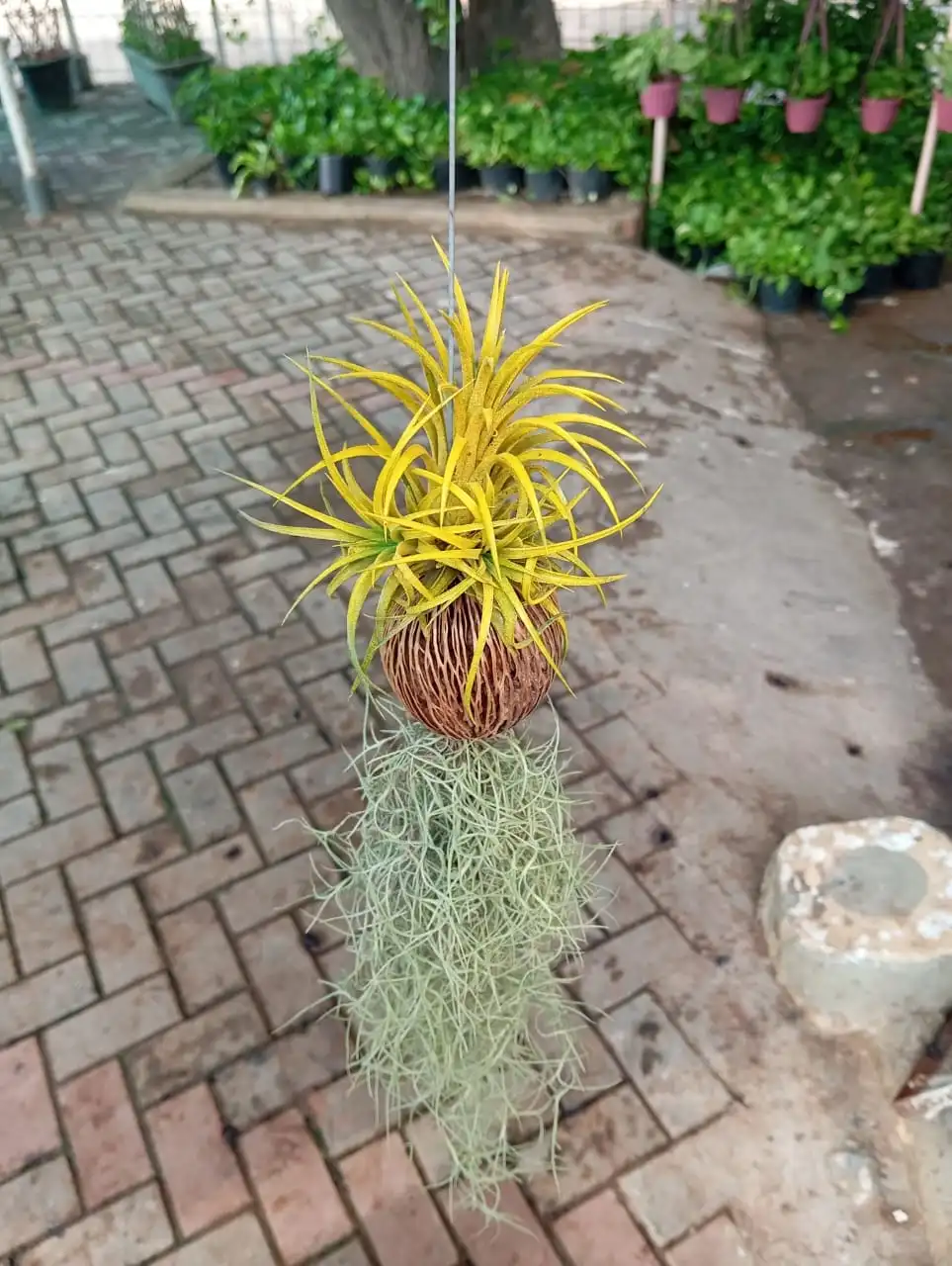
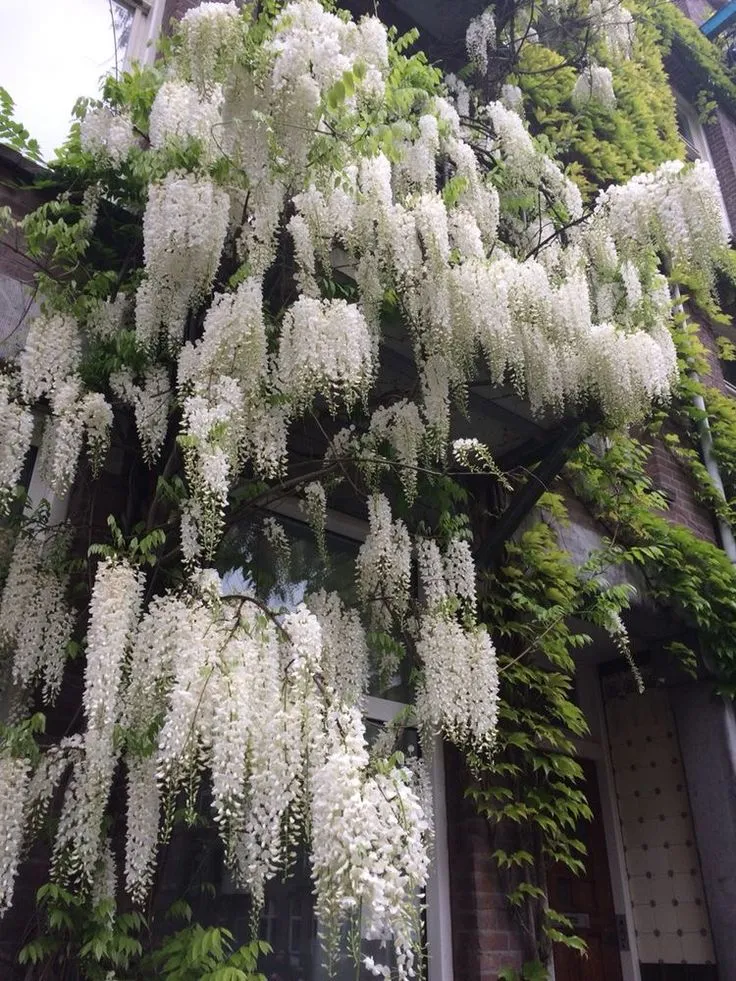
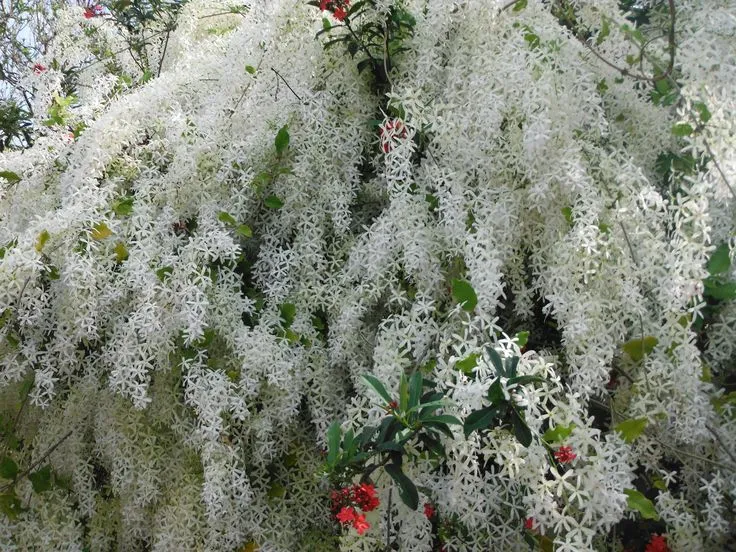


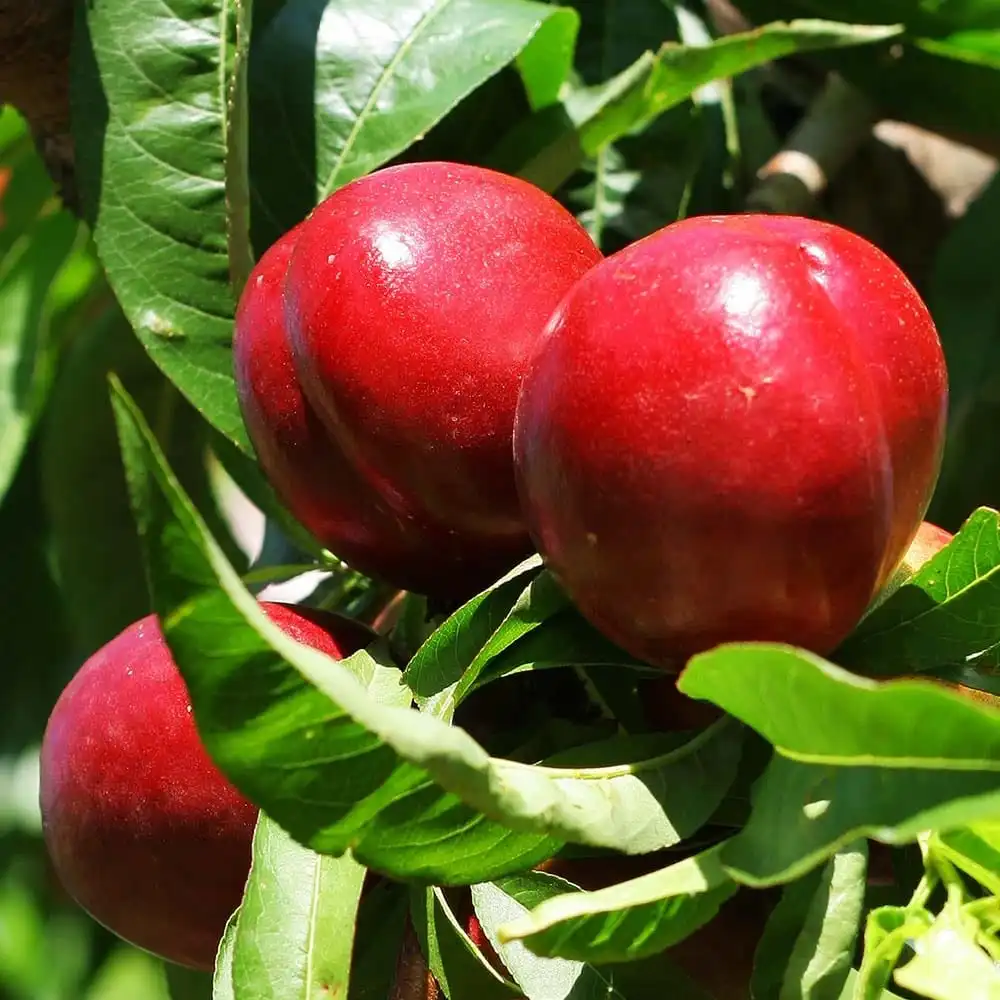
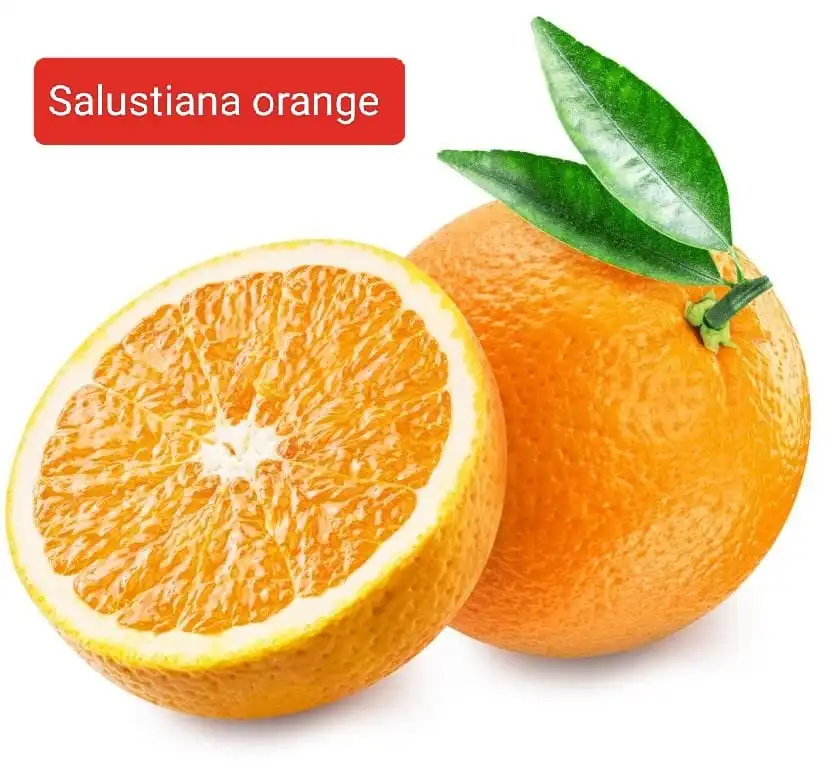
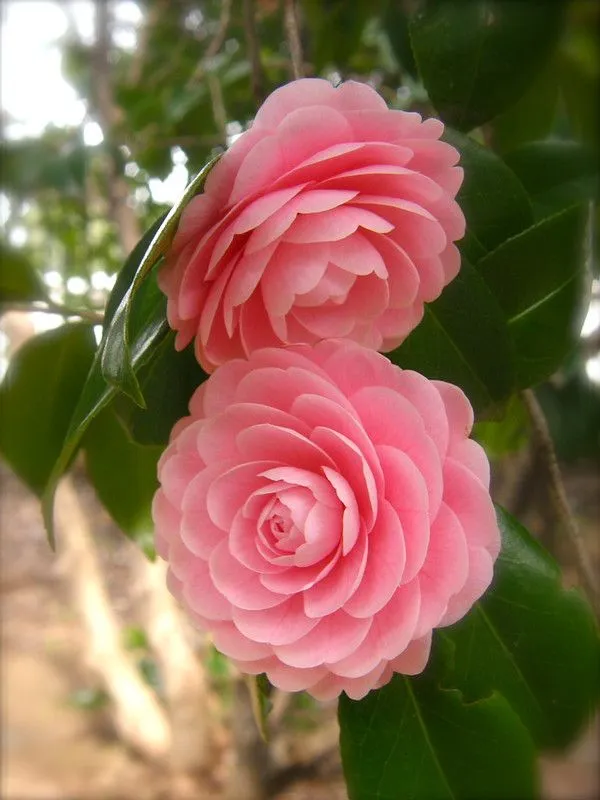
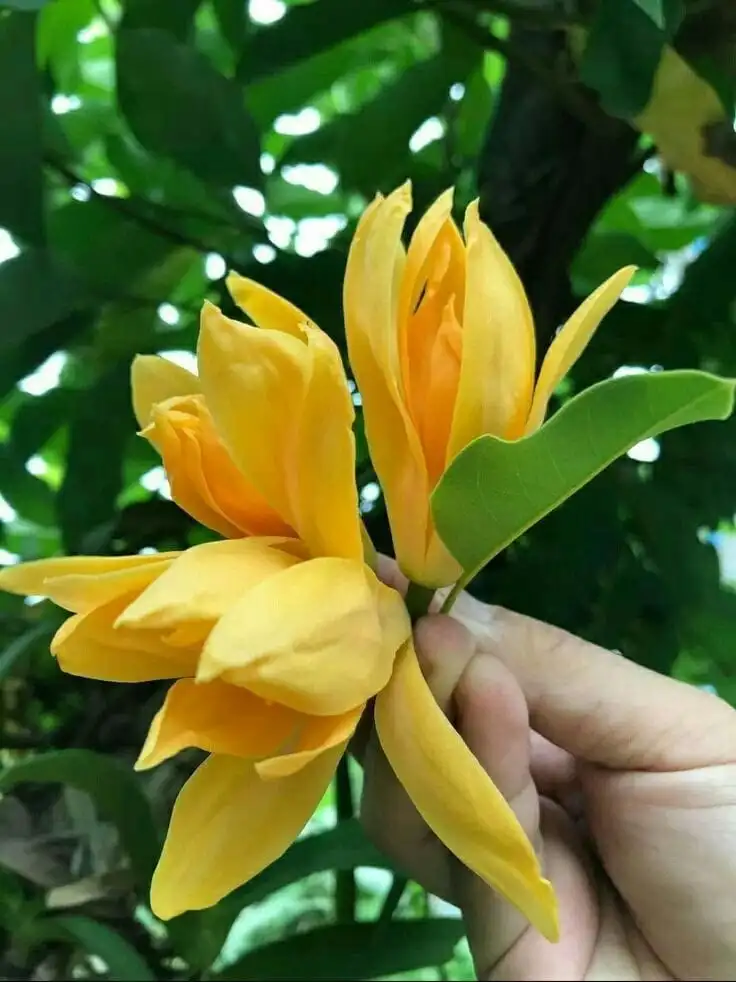


Leave a Reply